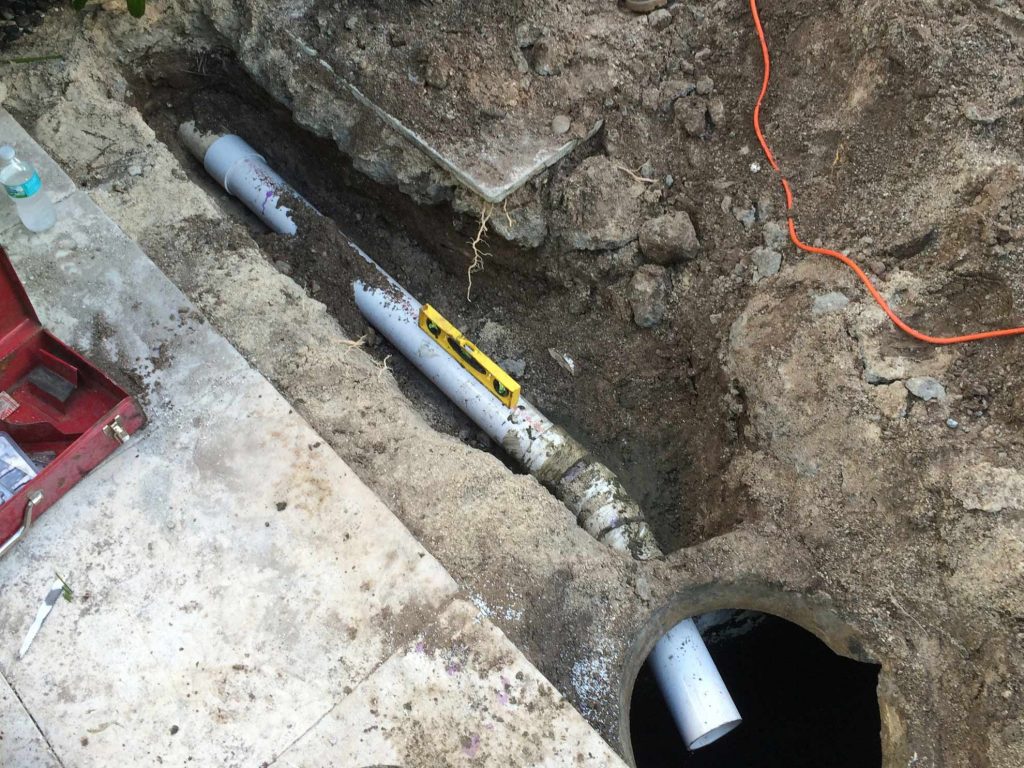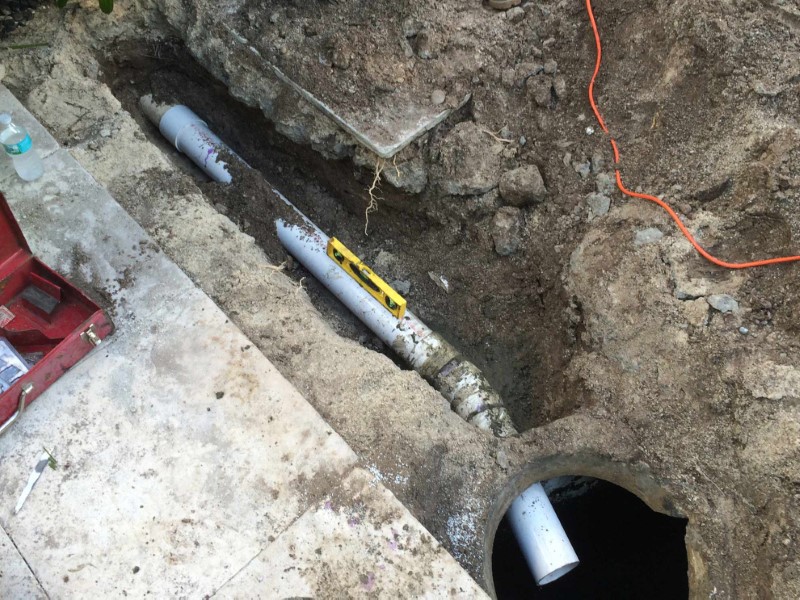
One of the most important parts you should pay attention to is your septic system. It is not unusual for homeowners to forget the capacity of their septic system. Your septic tank is designed, built, and installed according to the needs of your household. If the water load capacity of your tank goes beyond what is set, you will have septic problems such as wastewater overflow, flooding, and backup, which will make your entire property unfit for habitation. Excess water load should also be diverted away from your drain field. As you know, your drain field contains lateral lines that distribute the pre-treated effluent so that it may further undergo treatment and purification.
The lateral line system is where the final phase of wastewater treatment starts. If excess water enters these lines, the untreated wastewater will backup into your home, overflow, and flood your property. This is a bad thing because if the raw wastewater makes it to the surrounding soil, toxins and pathogens will take over. The sewage will also seep into the groundwater, contaminating the clean water supply.
You should know how to keep excess water away from lateral lines. Since this is the pathway through which the pre-treated effluent should go through to be purified before it’s released into the surrounding environment, it should never be blocked. However, excess water does enter the lateral lines through flooding, rainfall, and irresponsible dumping of water used in the household. Maintaining the functionality of you r lateral lines is vital. If your lateral lines fail, the entire septic system will. Water occupies space just like any form of matter. If excess water enters the lateral lines, this will serve as a solid wall that will keep the raw wastewater from moving forward to be treated. Below are some of the things you should do to keep excess water from lateral lines:
- Reposition your rain gutter.
The rain gutter should be repositioned if it drains over or near the lateral lines. The runoff contains lots of sediments and excess water that force their way into the perforations of the lateral lines, taking over the natural flow of wastewater treatment. It would be best to catch the runoff and recycle the collected water for watering plants or flushing the toilet.
- Dispose of greywater properly.
Sadly, some homeowners think that they are helping the septic system and its components by not letting their greywater drain into the septic system. So, they collect the used water and dump it over their lawns, thinking that the soil will just hold it until it evaporates. The excess water is unknowingly poured over the lateral lines, causing the entire wastewater treatment process to stop.
- Install greywater systems or dry well systems.
These systems are responsible for collecting and treating greywater. As you know, greywater is wastewater that doesn’t have human waste. It comes from your shower, tub, drains, washing machine, and dishwasher. Greywater or dry well systems convert greywater into usable water for your lawn and for your toilet. Through these systems, you can effectively save money on water bills because you won’t have to use your clean water supply to provide water for lawn maintenance and toilet flushing.
Excess water does a lot of damage to your lateral lines and to your septic system in general. Have a talk with your septic expert to prevent too much water from interrupting the wastewater treatment process in your property.
